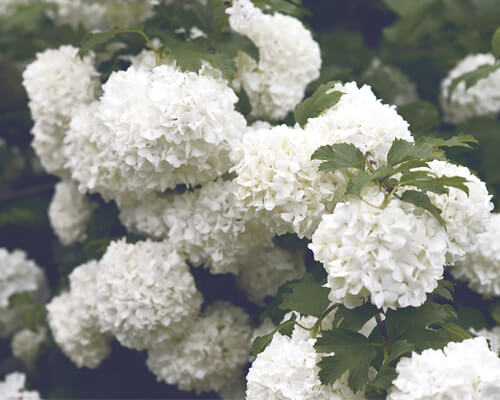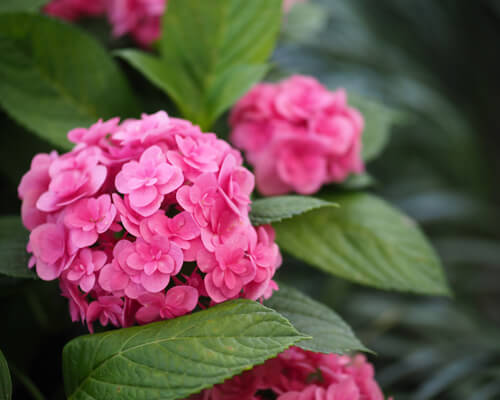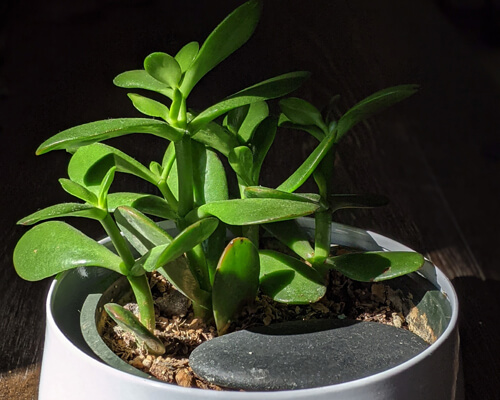How to Care for Snake Plant?

Are you wondering how to care for snake plant, one of the most low-maintenance indoor plants?
First, be aware that snake plants prefer bright, indirect light, but can also tolerate low light conditions.
It’s essential not to overwater them, as they are adapted to dry conditions. Snake plants are also known for their air-purifying qualities, making them perfect for bedrooms or offices.
With these simple tips, you can enjoy a healthy and green snake plant for years to come.
How to care for snake plant?
Light
Snake plants prefer bright, indirect light.
Place them near a south- or east-facing window for 6 to 8 hours of daily sunshine.
Avoid direct sunlight, this will burn the leaves, causing them to turn yellow and brown.
Water
Water your snake plant when the top 2 inches of soil is dry.
Overwatering can lead to root rot and cause the lower leaves to turn yellow and fall off.
Allow the soil to dry out between waterings so that the roots can breathe.
Soil
Use a well-drained potting soil or cactus mix with added perlite or coarse sand for drainage.
This will help keep the roots from becoming waterlogged, which can lead to root rot and other issues.
Fertilizer
Feed your snake plant once a month during its active growing season (spring through early fall) using a balanced liquid fertilizer diluted by half at every watering.
Do not fertilize in winter when it’s dormant; this could burn the roots or kill them outright.
Temperature & Humidity
Snake plants thrive in temperatures between 65°F (18°C) and 85°F (29°C).
Keep humidity levels on the low side by letting the soil dry out thoroughly between waterings.
As too much moisture can cause root rot and fungal infections in your plant’s foliage.
Pruning & Re-potting
To keep your snake plant in shape, prune any dead or damaged leaves regularly with clean garden scissors.
This will encourage fresh new growth as well as maintain its aesthetic value over time.
When needed, re-pot it with fresh soil or divide it into multiple smaller pots every few years when it becomes crowded and starts to outgrow its container(s).
Overwintering
To successfully overwinter a snake plant, it should be kept in a warm location with temperatures between 50-70 degrees Fahrenheit.
It is also important to protect the plant from cold drafts by avoiding placing it near windows or any other areas where the temperature could dip significantly.
During the winter season, snake plants enter a period of dormancy and will stop growing.
To ensure that the plant remains healthy during this period, watering should be minimized and only done every six weeks or so.
During drought season, it may be beneficial to mist the leaves of the snake plant with some water as a way to provide necessary hydration without over-watering it.
Additionally, if possible, consider moving your snake plant outdoors on sunny days to absorb natural light and warmth that will help keep it healthy through the winter months
Common pests
Common pests of snake plants include scales, which are small, flat-bodied creatures that can range in color from yellow to brown or black.
They feed on the juices of the plant and can cause leaves to yellow and drop off.
Another common pest is the gnat, which typically lays its eggs at the base of the plant.
Gnats feed on decaying plant matter as well as roots and stems while they are in their larval state.
Spider mites also feast on snake plants, creating webs between leaves and sucking out vital fluids.
Aphids are another problem. They often colonize in large numbers and secrete a sticky substance called honeydew that encourages mold growth.
Mealybugs are small insects covered by a white, wax-like coating that appears primarily underneath leaves where they suck out sap from the plant.
Lastly, whiteflies congregate near the top of snake plants and feed on sap from their leaves.
All of these pests can cause significant damage if left untreated, so it’s important to monitor your plant for any signs of an infestation and take action quickly.
How to get snake plant to bloom
To encourage snake plants to bloom, it is important that you provide the right environmental conditions.
Snake plants prefer warm temperatures of around 70-85 degrees Fahrenheit, and should be placed in a spot with bright indirect sunlight.
They are relatively forgiving when it comes to watering, but should be given enough water to keep their soil damp but not soggy.
If the plant is too dry, it will cease blooming. If the plant doesn’t receive enough light, blooms may be sparse or nonexistent.
Additionally, these plants require high humidity. They can be misted weekly with warm water or placed near a humidifier for best results.
Finally, during winter months or when the weather prevents natural sunlight, supplementing your plant with artificial fluorescent lighting can help promote flowering.
With the right combination of temperature, sun, and humidity, your snake plant should bloom each year in spring or summertime.
How fast does snake plant grow?
The snake plant typically grows at a slow rate, but the exact growth rate will depend on the species and environment.
In ideal conditions, such as a warm climate with ample access to sunlight and regular watering, the snake plant can grow an inch or two in height each year.
However, it can take several years for the snake plant to reach its maximum size of around 4 feet high and 2 feet wide.
Snake plants are also known for their ability to tolerate neglect when it comes to environmental care.
So even if you’re not providing optimum growing conditions your snake plant may still grow slowly.
Conclusion
When it comes to how to care for snake plant, not only should you avoid over-watering, but also ensure proper lighting.
Snake plants are extremely resilient and can thrive in low-light conditions, but they’ll grow at a much slower rate.
To promote faster growth, it’s important to give them adequate light, which can be accomplished by placing them in a bright, indirect light area of your home.
Additionally, removing dead leaves and providing occasional fertilizer can keep your snake plant healthy and beautiful for years to come.






